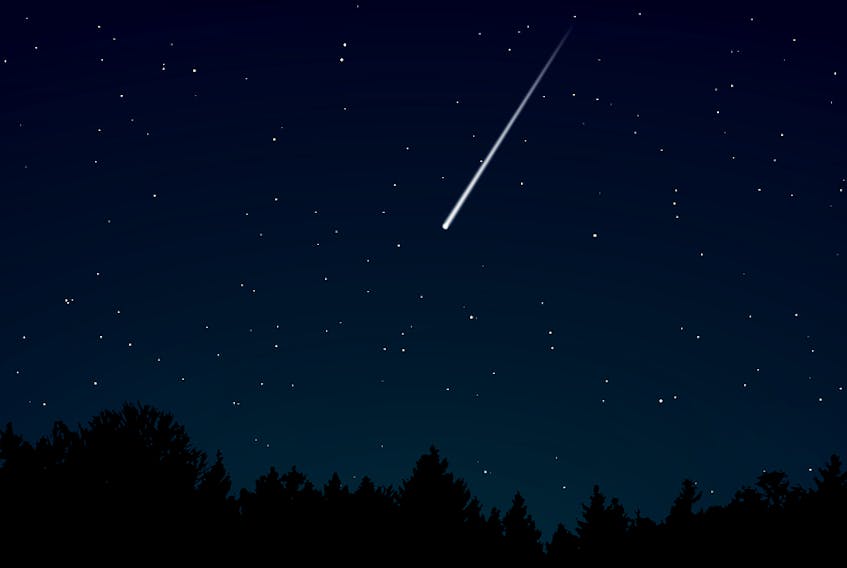
Near Earth Objects (NEOs) are small solar system bodies whose orbit around the sun brings them, upon occasion, near the Earth (thus their name).
These bodies are classified as NEOs if, at their perihelion (closest approach to the sun), they pass less than 1.3 AUs from the sun. The vast majority of NEOs are asteroids (NEAs), with only a small number of them being comets (NECs). If an NEO should happen to cross Earth's orbit, and is larger than 140 metres across, it is classified as a Potentially Hazardous Object (PHO).
While most NEOs fly harmlessly past Earth, even the smaller PHOs could, should they enter the Earth's atmosphere or strike the surface, result in significant damage to populated areas. The NEA that denoted in the sky over Chelyabinsk, Russia on Feb, 15, 2013 was estimated to have been only around 20m in size; it damaged thousands of buildings throughout the city and injured hundreds of people.
Very large PHOs hold the potential of destroying all or nearly all life on the planet. The NEA that struck the Earth just off the Yucutan Peninsula 65 million years ago (at the end of the Cretaceous Era), was estimated to be between 11 and 81 kilometres in diameter and destroyed the non-avian dinosaurs and most other existing flora and fauna species, changing the global climate.
While it is impossible to locate and plot the orbit of all NEOs (approximately 20,000 NEAs and 100+ NECs have been identified to date), a joint US-EU project, called Spaceguard, is monitoring the heavens above us, and is, almost daily, identifying new NEOs, and assessing their potential to become PHOs. The aim of this system, and other such space monitoring systems around the world, is to be able to locate PHOs and to plot their course with sufficient lead time that some measure can be taken, if headed directly for Earth, to deflect them from their deadly trajectory.
Since its conjunction with Jupiter on Nov. 24, Venus has been slowly ascending higher into the evening sky. Jupiter, in turn, has been dropping lower towards the southwest horizon with each passing day, and will soon disappear into the glare of the setting sun. Venus shines brightly above the southwest horizon as the sky begins to darken, though it follows Jupiter below the horizon before nightfall. Likewise, Saturn is slowly edging closer to the glare of the setting sun over the course of the next few weeks. It will have a close conjunction with Venus on Dec. 10, when, about an hour after sunset, you can spot it sitting to the upper right of Venus just above the southwest horizon. You will have no difficulty in identifying which planet is Venus, as our "evening star" at mag. -3.8, outshines Saturn (mag. +0.9) by a factor of 60 times.
Mercury and Mars continue as early morning planets this coming week. Mars (mag. +1.7) is visible above the eastern horizon approximately two-and-a-half hours before sunrise. It would help to locate Mars if you could first identify the bright star Spica in the constellation of Virgo - the maiden in the darkness above the eastern horizon. To the lower left of Spica, you should be able to spot a reddish "star" - that will be Mars. As the pre-dawn darkness gives way to the light of the approaching dawn, extending a line from Spica through Mars towards the horizon will bring you to Mercury (mag. +0.5) sitting just above the eastern horizon, about 75 minutes before sunrise. Our solar system's smallest planet will only be visible in the pre-dawn sky until around Dec. 11, after which time, it will drop lower in the sky, and be lost in the glare of the rising sun. Mars, visible for months to come, will linger in view until the sky brightens with the approaching dawn.
The Geminid meteor shower peaks during the evening/pre-dawn period of Dec. 14 -15. The Geminids are the only meteors associated with an asteroid (3200 Phaeton) rather than a comet, and are considered one of the strongest of the year, with usually more than 100 bright and colourful meteors per hour. Start watching for the Geminids shortly after 6 p.m. on Saturday evening. You will have roughly an hour of darkness before the waxing moon (full on Dec. 12) rises in the east northeast sky around 7 p.m., and washes out all but the very brightest of the meteors. Still, in that hour, you should, weather and location permitting, see around 120 bright meteors from a dark site away from city lights. The Geminid radiant (apparent point of origin) lies near the star, Castor, in the constellation of Gemini - the Twins, which rises above the northeast horizon around 6 p.m. As with all meteor showers, you don't need any viewing aids, though you should dress for the weather.
Until next week, clear skies.
Events:
Dec. 12 - Full moon
14 /15 - Geminid meteor shower peaks
Glenn K. Roberts lives in Stratford, P.E.I., and has been an avid amateur astronomer since he was a small child. He welcomes comments from readers, and anyone who would like to do so is encouraged to email him at [email protected].









